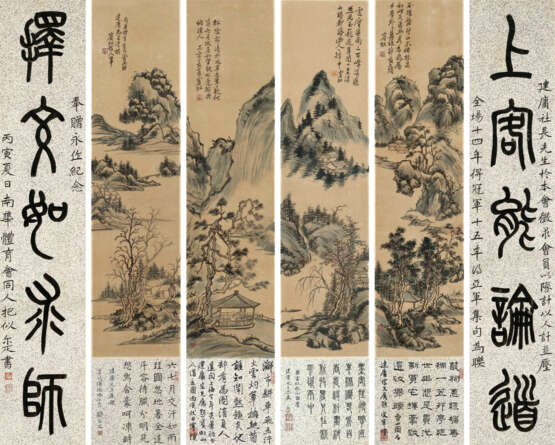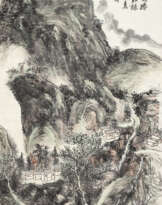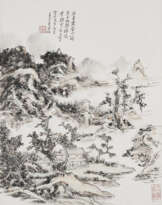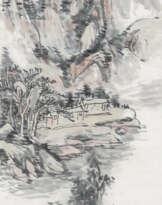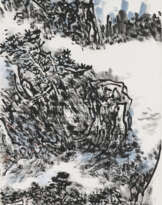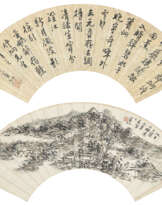ID 770349
Los 1051 | HUANG BINHONG (1864-1955) / DENG ERYA (1884-1954)
Schätzwert
HKD 1 200 000 – 2 200 000
| Adresse der Versteigerung |
CHRISTIE'S 18 Chater Road Central Hong Kong Hong Kong | ||||||||||||||
|---|---|---|---|---|---|---|---|---|---|---|---|---|---|---|---|
| Vorschau |
| ||||||||||||||
| Telefon | +85227601766 | ||||||||||||||
| Fax | +852 2760 1767 | ||||||||||||||
| Nutzungsbedingungen | Nutzungsbedingungen | ||||||||||||||
| Geschäftszeiten | Geschäftszeiten
|
